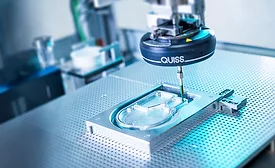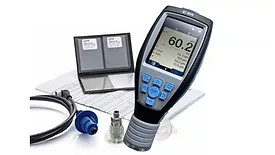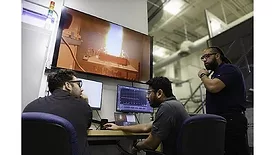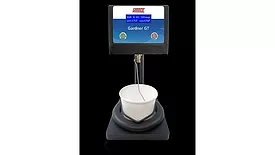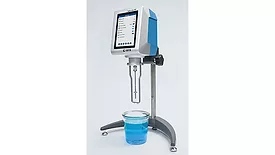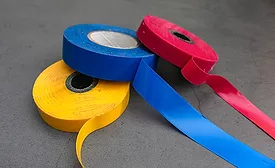Testing/Quality Control
Implementing AI in R&D and manufacturing processes opens new possibilities, including enhanced precision, efficiency, customization, and innovation.
Read More
Inline Quality Control and Position Detection in Dispensing Systems
Precise position detection and correction has been placed upstream of integrated quality control, eliminating the need for complex and usually costly component fixing for the dispensing process.
January 19, 2024
Replacing Materials of Concern
Adhesives, sealants, and coatings companies should have a robust protocol in place for determining the optimal replacements for materials of concern.
November 22, 2023
Formulating with Flexibility
Finding solutions to meet ever-evolving demands encourages flexibility and collaboration with suppliers, formulators and customers.
October 30, 2023
Let’s Measure That!
Two new methods of measurement of the molecular structure of polymers and other materials are discussed.
April 18, 2023
Reliable Adhesion Testing for Self-Adhesive Materials
Analytical instruments can ensure reliable product performance of self-adhesive materials by measuring critical characteristics like adhesive tack, peel, thickness, and composition
April 6, 2023
Keep the info flowing with our newsletters!
Get the latest industry updates tailored your way.
JOIN TODAY!Copyright ©2025. All Rights Reserved BNP Media.
Design, CMS, Hosting & Web Development :: ePublishing

